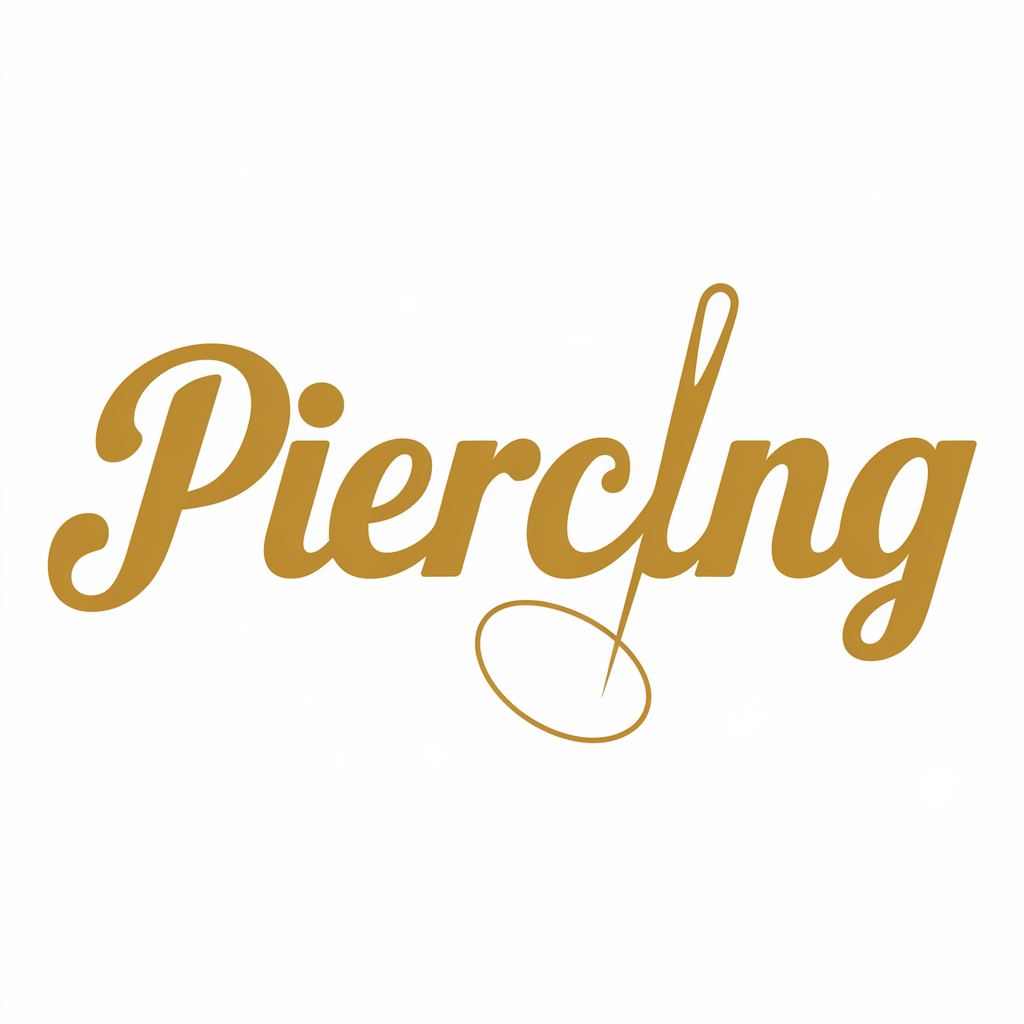Piercings have held various meanings throughout history, evolving from ancient cultural practices to modern-day fashion statements. This article explores the historical significance, modern interpretations, types, symbolism, psychological aspects, risks, societal views, and trends associated with piercings.
Historical Significance of Piercings
Piercings date back thousands of years, with evidence of their existence in ancient civilizations such as the Egyptians, Romans, and Mayans. These cultures often used piercings for ritualistic, religious, or cultural purposes. For example, in some tribes, piercings were symbols of status or initiation rites.
Modern Interpretations
In contemporary society, piercings have transitioned from cultural practices to fashion statements and forms of self-expression. People adorn themselves with piercings to enhance their appearance, follow trends, or convey their individuality. Piercings have become an integral part of the fashion industry, with designers incorporating them into their runway shows and collections.
Types of Piercings
There is a wide variety of piercings available, ranging from earlobe piercings to more unconventional placements like septum or dermal piercings. Each type holds its own significance and cultural associations. Ear piercings, for instance, are the most common and socially acceptable form of body modification, while facial and body piercings may carry different connotations depending on the culture and context.
Symbolism Behind Piercings
Piercings can symbolize different things for different people. They may represent spiritual beliefs, cultural heritage, or personal milestones. For example, nose piercings are common in South Asian cultures and often signify marriage or social status. Similarly, certain piercings, such as the navel or nipple, can be seen as symbols of sensuality or empowerment.
Psychological and Emotional Aspects
Getting a piercing can evoke a range of emotions, from excitement to anxiety. The act of piercing the skin triggers the release of endorphins, which can create feelings of euphoria and pleasure. Additionally, piercings can boost self-confidence and serve as a form of self-expression, allowing individuals to assert their identity and uniqueness.
Risks and Safety Concerns
While piercings are generally safe when performed by trained professionals using sterile equipment, there are inherent risks involved. These include infections, allergic reactions, and scarring. It is essential to research reputable piercing studios and follow proper aftercare procedures to minimize these risks.
Acceptance and Taboos
Societal attitudes towards piercings have evolved over time. What was once considered taboo or rebellious is now widely accepted and even celebrated. However, certain piercings, such as facial or visible body piercings, may still face stigma in certain environments, such as the workplace or conservative communities.
Popularity and Trends
The popularity of piercings has surged in recent years, thanks in part to celebrity influence and the rise of social media. Celebrities often showcase their piercings on red carpets and social media platforms, inspiring fans to emulate their style. Platforms like Instagram and Pinterest also play a significant role in spreading piercing trends and inspiring new ones.
Conclusion
In conclusion, piercings hold diverse meanings and significance across different cultures and periods. From ancient rituals to modern fashion statements, piercings continue to evolve as a form of self-expression and personal adornment. While societal views and trends may change, the allure of piercings as a means of asserting one’s identity remains constant.
Unique FAQs
While pain tolerance varies from person to person, most piercings involve some level of discomfort during the procedure. However, the pain is usually brief and manageable.
The healing time for piercings varies depending on the type and location. Earlobe piercings typically heal within 6-8 weeks, while cartilage piercings may take several months to a year to fully heal.
Yes, certain cultures may have taboos or restrictions regarding piercings, particularly in religious or conservative communities. It’s essential to respect and understand cultural norms when considering getting a piercing.
Proper aftercare is crucial for preventing infections and promoting healing. This typically involves cleaning the piercing with saline solution or mild soap, avoiding touching it with dirty hands, and following any specific instructions provided by the piercer.
It’s generally recommended to wait until the piercing is fully healed before changing the jewellery. Changing it too soon can disrupt the healing process and increase the risk of complications.

